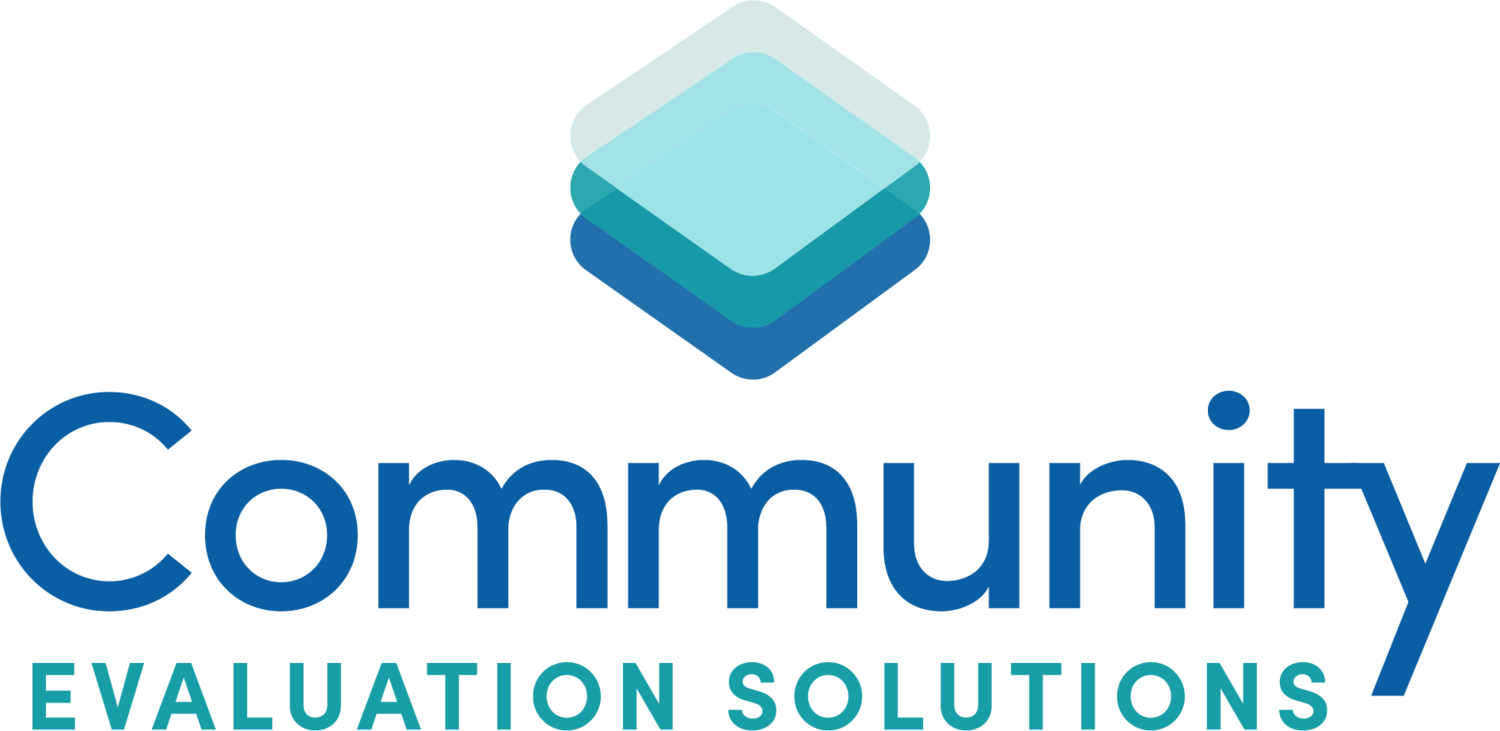No-Cost, Low-Cost Ways to Collect Success Stories for Community Nonprofit Leaders
Lately, I have been having conversations with past clients about what got them to overcome their resistance (their words) and hop on the evaluation train.
Working with nonprofit and community coalition leaders over the years, I have found one sure way to get them excited about evaluation. When you can have your own evaluation information (aka data) at your hand and USE it to communicate with your community and your funders, well cue the fireworks!
Success stories are just one part of your evaluation toolbox but it’s an effective way of engaging partners and community members and enlisting them in the work. It also helps get you excited about your data! Using evaluation data is my thing and I want it be yours too! Here are a few easy tips to get you started in collecting success stories.
Include an open-ended response on your group’s agenda that people can tear off. Something like this: In the last month, what evidence of our success have you seen? Tell us about it! Then collect them during the meeting and enter their stories in an Excel spreadsheet or Google doc.
Appoint one or two people to be the ears of the group. Have them track the success stories they see or hear in the community using a Google doc. Make sure they snap some good pics on their smartphone.
Speaking of Google docs, why not share the Google link with your entire group and get everyone involved?
Make brainstorming success stories an energizing activity for your nonprofit board or coalition. Take a few minutes to have everyone share examples of success stories either on flip chart paper or post-it notes. If you use post-it notes, ask everyone to help organize the success stories into categories.
Now get writing. Writing the success stories is a great way to get community members involved (Hint: Always end with an ask). Need help? Let me know.
Be and check out my free mini-course Using Data to Help Tell Your Story.
Take care-
Ann

